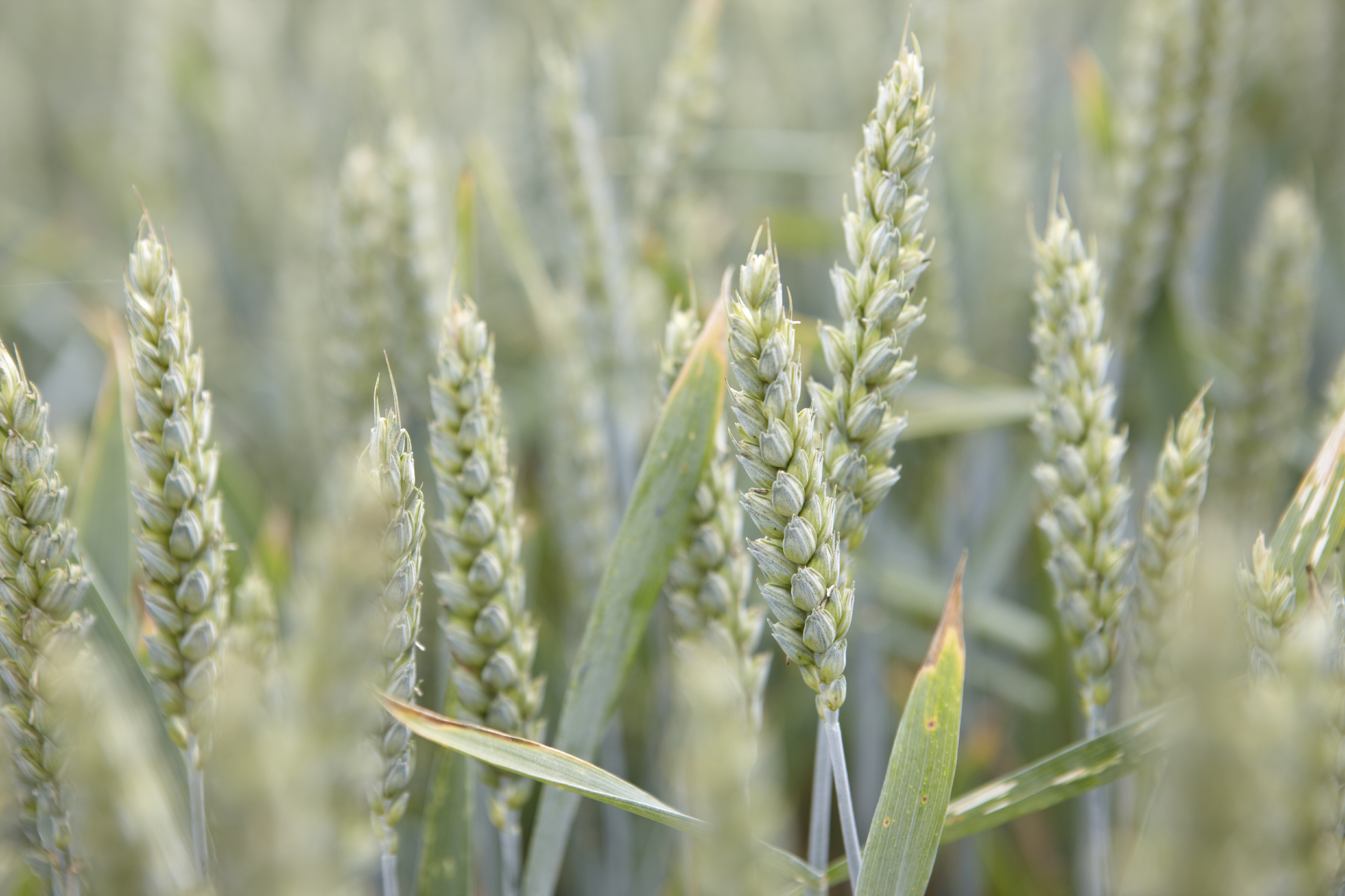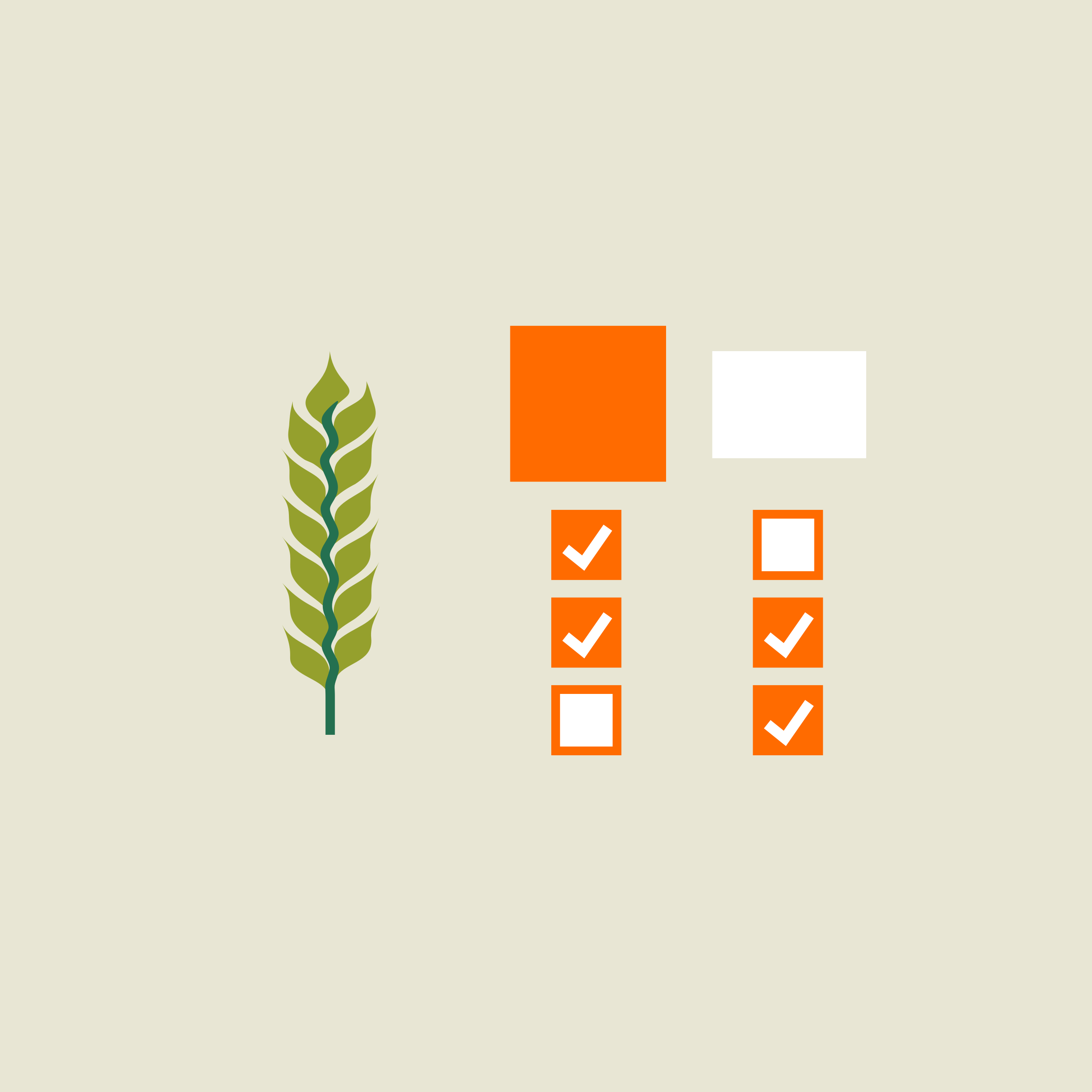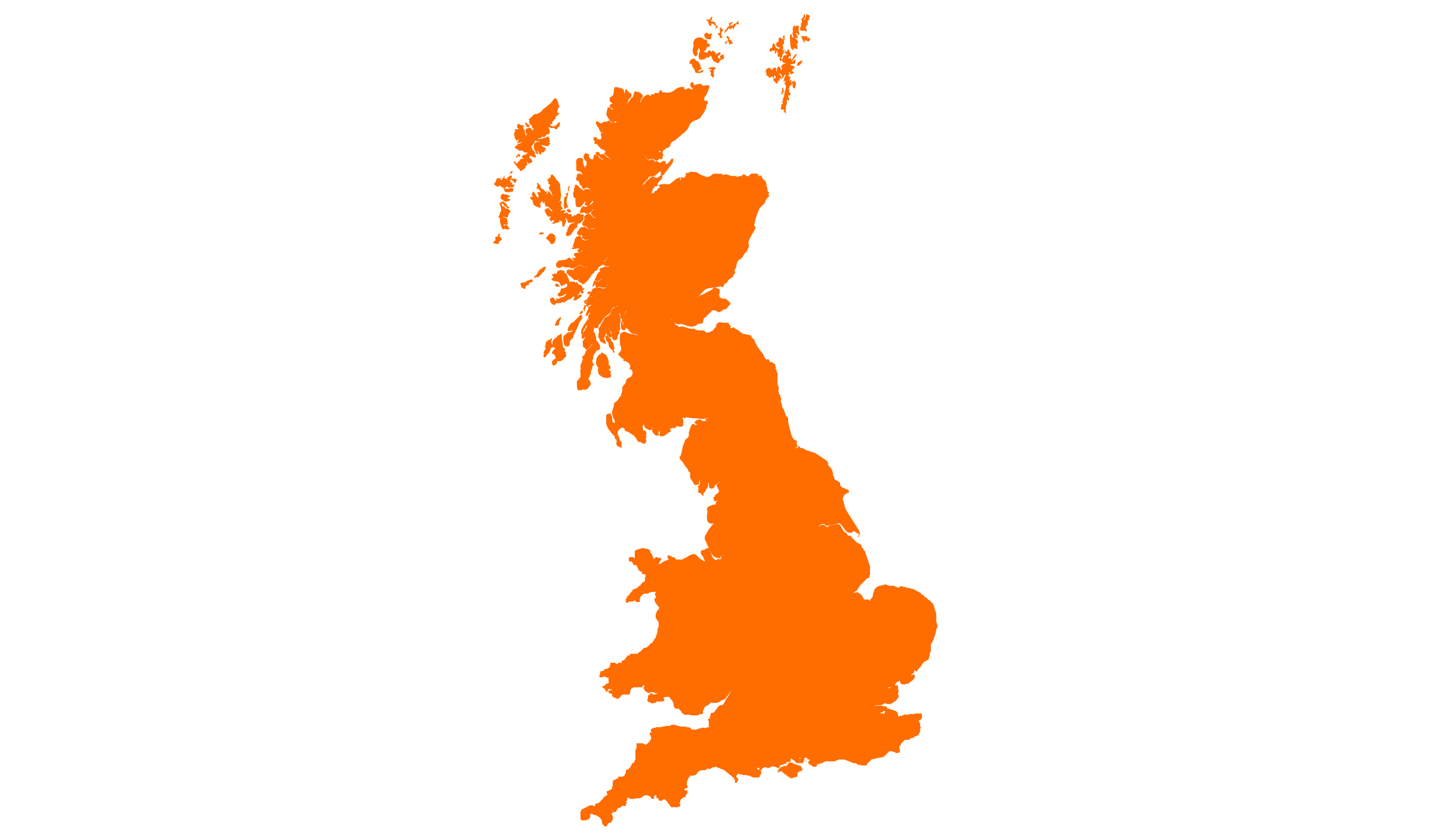Changing growing conditions leading to changes in variety focus
Recent years have reshaped many producers’ views on what constitutes an ideal UK wheat variety with the focus now increasingly on traits to deliver reliable performance in increasingly variable growing conditions rather than just yield, says KWS’ Dr. Kirsty Richards.
“We’re having to recalibrate what we think are the most desirable features in wheats moving forward,” she explains.
“The last 3 – 5 years in particular have been a real wake-up call for many in the industry – including both growers and seed breeders.
“Simply chasing yields is no longer the answer and whilst ultimate production potential will always be in demand, we’ve learned you have to build in a lot more features to help growers achieve this more of the time in more variable growing conditions.”
According to Dr. John Redhead of the UK Centre for Ecology and Hydrology (UKCEH), climate researchers generally agree that the way climate change will manifest itself in the UK is in wetter winters and hotter summers with less rainfall.
“The UK is unlikely to see a smooth transition to a warmer climate in the years ahead with increasing likelihood that it will be typified by periods of extreme weather.
“In the 2020 growing season, for example, this was evidenced by torrential rain at crucial times which hampered sowing most types of crops, an exceptionally dry spring affecting plant growth and finally heavy downpours in August creating very challenging harvesting conditions.
“UKCEH analysis of detailed data on 2020 yields from more than 500 fields across 100 farms showed an average fall in crop yields of around 15 per cent compared to the five-year mean with the tonnage per hectare in some places down by as much as two-thirds.”
We’re bringing the traits in now that will make wheat suitable for the future
Resilience, robustness and resistance
In light of the changing conditions, the three key watchwords for varieties in the future are really resilience, robustness and resistance, Kirsty Richards says.
“KWS’ ‘Sowing for Peak Performance’ Initiative – or SPP for short – has already delivered stand out varieties with regard to this with even greater emphasis on functional traits being a future priority.
“In a world where more volatile weather conditions are the norm, stem stiffness and standing power become increasingly relevant and in more challenging autumn weather, later drilling capability becomes increasingly important.
“Strong disease resistance and high untreated yield also increasingly relevant characteristics when agronomic inputs become less available or when spray windows are likely to be reduced because of the weather.
“KWS Extase, for example, has proved enormously popular over the last two years with the highest untreated yield on the 2021/22 RL at over 10.0 tonnes.
“The variety’s high Septoria resistance has allowed producers to be more flexible with their fungicide strategy but it’s also delivered exceptional yield and grain quality in the field.
The new Group 4 KWS Cranium, listed for the first time in the 2021 RL, is also a good example of an SPP variety combining high yield and strong resilience, she points out.
“It has OWBM along with the best yield and yellow rust combination of all RL wheat varieties and the highest yield of all the current late drilling varieties.”
Identifying traits for the future
KWS global wheat lead Jacob Lage says the task is to predict what growers will want in the future and increasingly this is being influenced by their experiences of climate change.
“We’re bringing the traits in now that will make wheat suitable for the future. We’re also identifying any gaps there may be in the gene pool and looking at exotic material to see whether we can breed in characteristics that will ensure even greater resilience.”
Identifying changing trends, such as the increased interest in no till and min till production systems, is also important, he adds
“We’re always looking to associate the genetics with what we see in the field, but with these traits that’s super complex as there’s a whole range of genes interacting to give the characteristics growers need.
It’s where the advantage of having a pan-European breeding programme and using the latest technology comes in, he believes.
“The key is to spot the differences as soon as the plant emerges. With drones, for example, you can survey thousands of plots and compile very accurate datasets.
“That’s giving us the metrics to understand how individual crosses will perform across a whole range of scenarios.”
“We’re also working closely with the academic community on public-funded pre-breeding programmes such as Designing Future Wheats, identifying traits and resistant genes in exotic and landrace varieties.”
Your consultants










